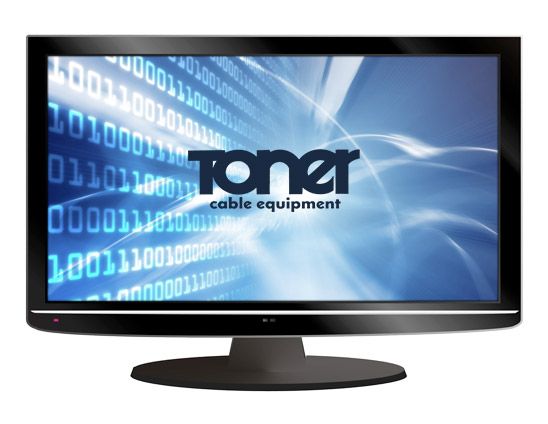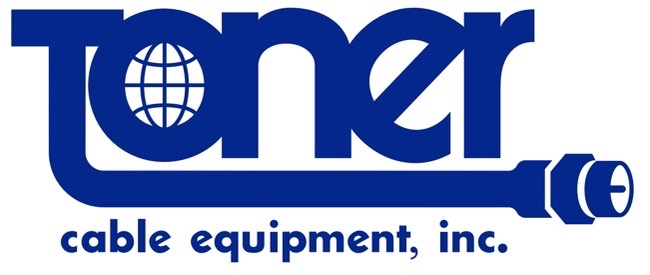Digital TV Systems
Digital television is the new method of transmitting television signals to consumers’ TV sets, and it marks the next evolution from analog television
Analog television was developed in 1939–1941, when standards for television were adopted. In 1982, a new group called the Advanced Television Systems Committee (ATSC) was formed to develop standards for digital television, including digital high definition television (HDTV), standard definition television (SDTV), data broadcasting, multichannel surround-sound audio and interactive television.
The ATSC Digital television Standard is based on the MPEG-2 Video Standard. Today MPEG 4 (H.264) is becoming more widely used because it allows for higher compression, which equals more programs per channel.
Compressions allows you to send multiple programs on one channel by eliminating duplicate information from frame to frame.
The core product is the MPEG encoder. This device is what takes either existing digital video & audio or analog video & audio and it digitizes, compressing the signal into a manageable rate. MPEG 2 SD can be compressed to 3.5 to 6 Mbits with excellent quality and 12 to 16 Mbits for HD.
There are many different encoders available for different applications and budgets, from high-end contribution (SNG) to lower cost distribution encoder for sports bars, for instance. Most often these entry-level encoders are called “Digital Modulators” because they take an analog input signal and create a QAM output with single or multiple programs.
Aside from the encoder, there are many other pieces for processing and/or transporting Digital TV, some of these items are:
- Multiplexers
- Transcoders
- Modulators, Edge QAM, 8VSB, COFDM, IDBC
- Digital Processors
- Digital Splicers
- Conditional Access systems
- Digital Demodulators (tuners or settops)
- Digital Signage players
- EAS systems
- Servers and Players
- Converters
- Amplifiers
You will find hundreds of these items here on the Toner Cable website. If you want more detailed information on Digital TV systems, go to the “digital technology explained” article. You can also contact Toner Cable directly and our sales reps will be happy to help with your digital system


